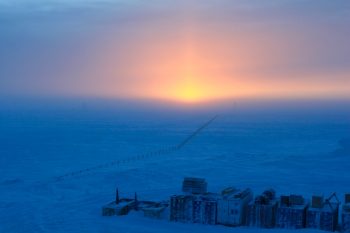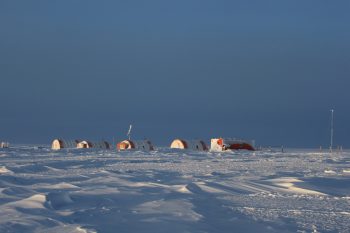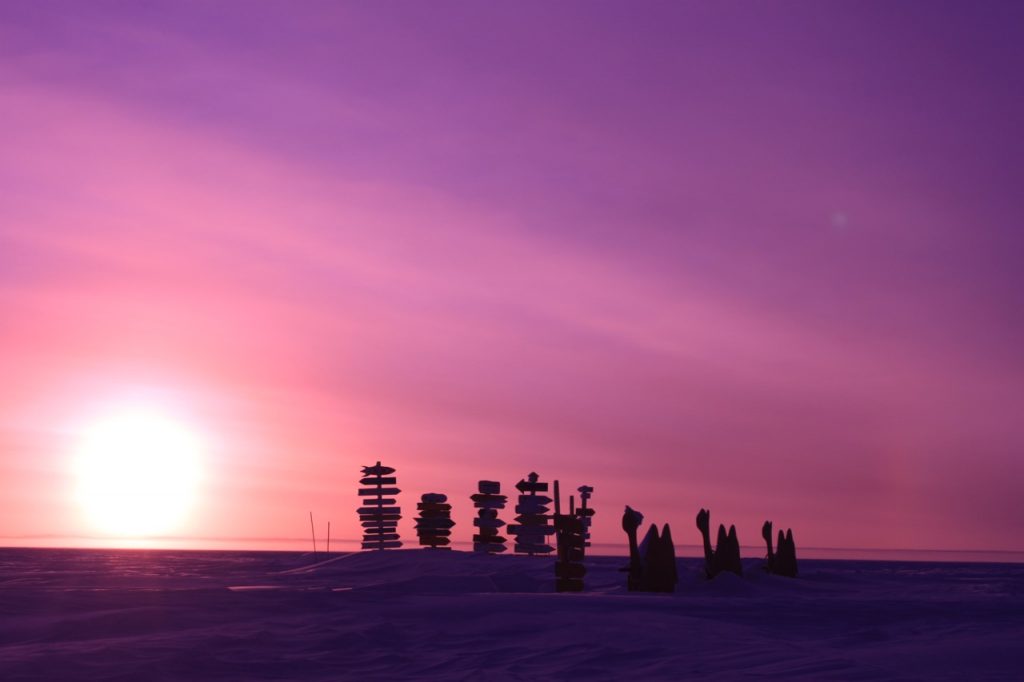ESA’s research doctor Carole Dangoisse writes:
After 3 months of varying degrees of darkness, but no solar disk on the horizon, the sun has finally re-emerged! What a relief for everyone…. Throughout the week people run to each other’s offices saying “Come and look! It’s up!”.
The sunrises and sunsets, about one hour apart from each other for the moment, have been absolutely striking and beautiful, and change every day. Everyone’s faces have literally lightened up, and long-forgotten smiles have reappeared. However much you might be more of a “night-person”, there is no denying the influx of energy which comes with seeing the sun itself. It’s like a weight you didn’t know was there lifts off your shoulders, and you can almost hear birds chirping as though it was spring! It is literally like an infusion of happiness and positive energy!
Once again we get to marvel in 360°C horizons, with half the sky lit up by the dawn light, and the other half still cloaked in deep-blue night and a few stars. Even the full moon has been joining the party, lighting up with the orange colours of dawn as it sets opposite to the sun.
Ironically though, however heart-warming these sunrises are, the crude light of day also completely alters the landscape. We do not feel cocooned in a blanket of darkness and stars anymore, and it becomes even more obvious how much we are isolated in a seemingly endless sea of snow and ice, flat in whichever direction you look. Despite this, it is still a true pleasure to venture out for slightly longer than during the night, and imagine feeling the warm rays of the sun on our faces (at -76°C without the windchill, the warming effect is merely an illusion!).
It has also struck all of us that in only three months the first plane will land, and yet there are still so many things left to do! Amongst other things, these next few weeks are our last chance to see the Milky Way and stars, as soon it will be 24 hours of sunlight again. And then the “spring cleaning” of the station will have to begin!







Discussion: 4 comments
So interesting to read these blogs as one can only imagine what it is like to be in the dark for so many months… and then see the resplendent light of day, nature at its finest. If you have time please post more. Regards Peter.
So glad you are through the dark season. I hope your research is going well. Best wishes from one of your pilots of your last produce flight.
I would like to know this feeling when after 3 months of darkness you start to see the light of the sun.
Hello from Indianapolis where the sun is slowly (ever so slowly) setting earlier and earlier. I think you guys are ready for a Mars journey/expedition although that might not be desirable I’m sure…